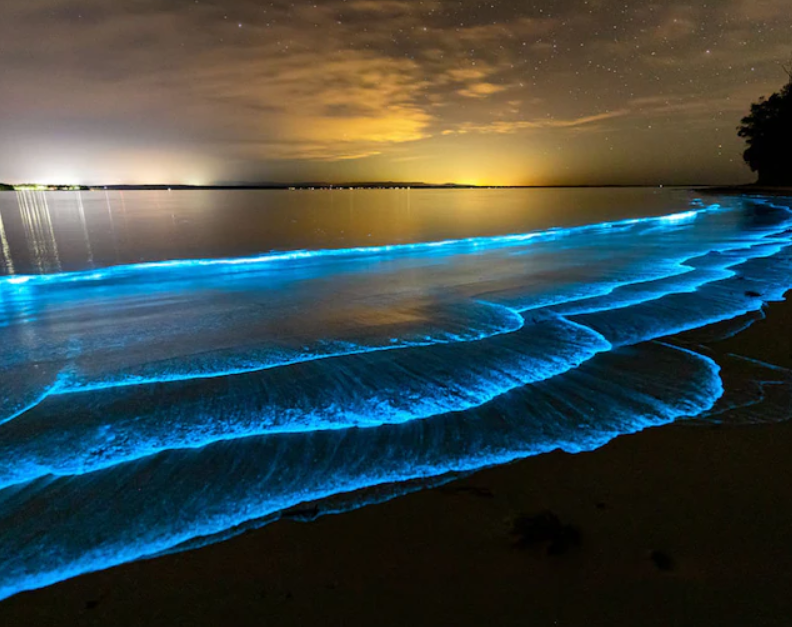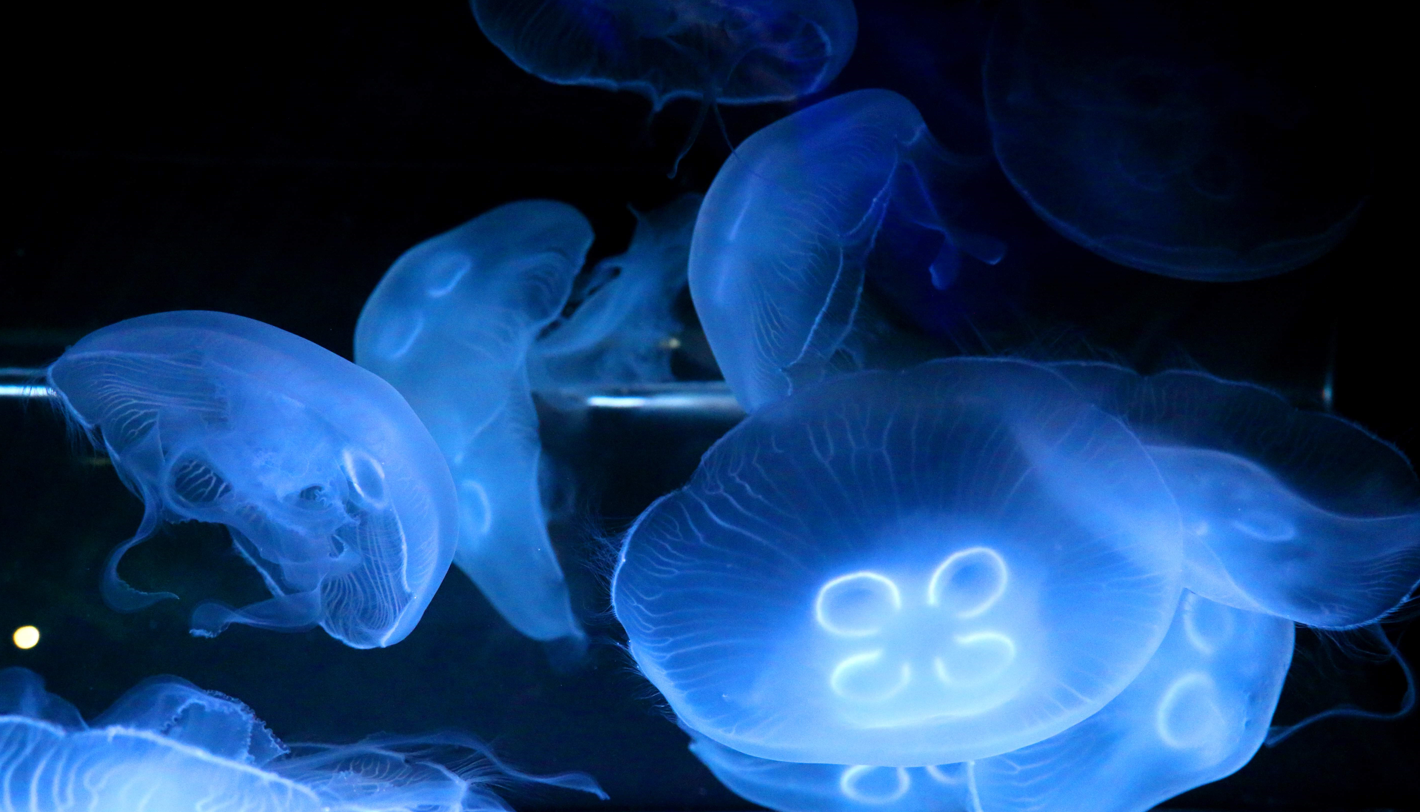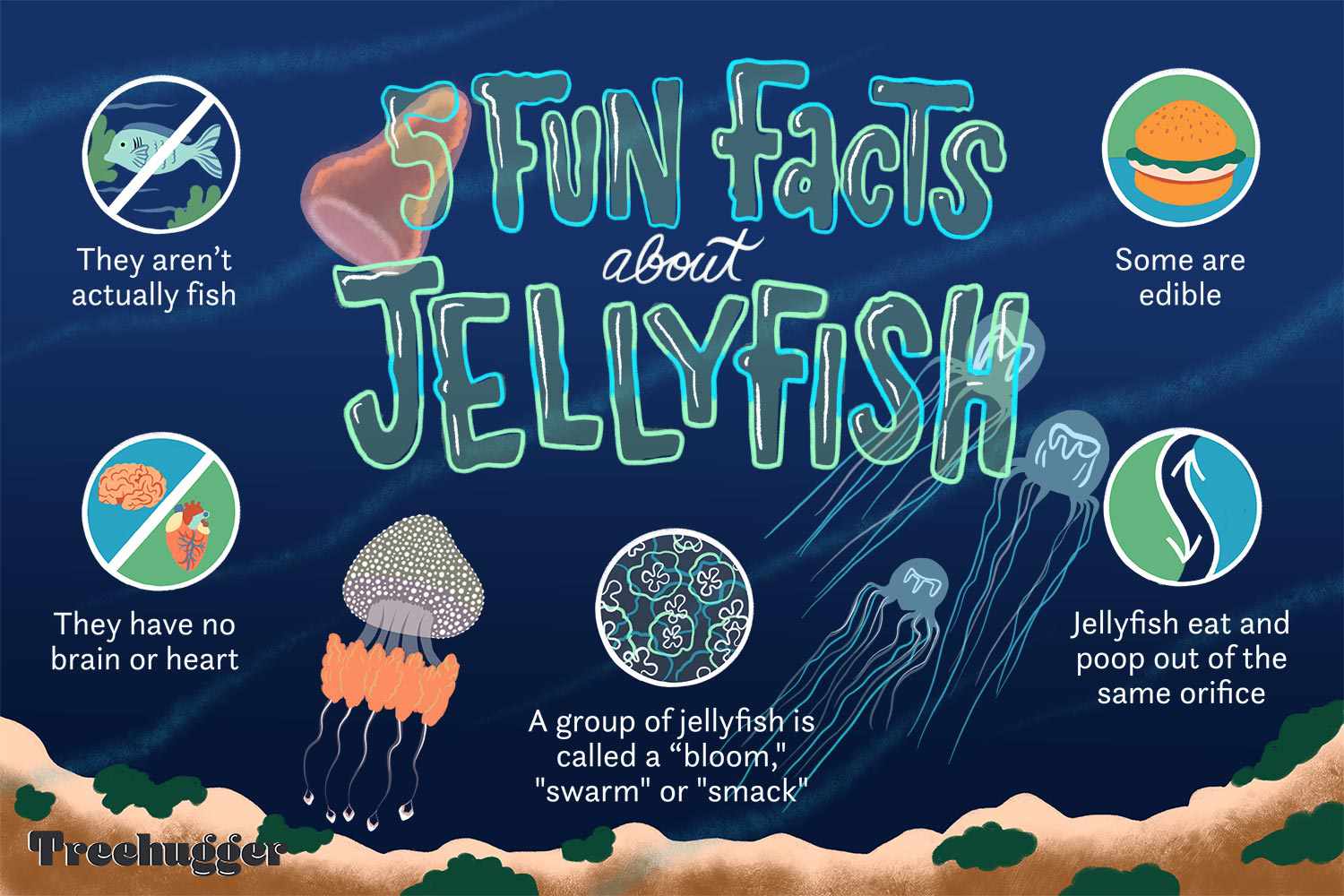Before adding Jellyfish to your tank, it’s important to first go through what’s called a “Nitrogen Cycle” – sounds complicated! But follow a few simple steps, and all becomes clear!
This process is often something people try to hurry through, which is never advisable! The cycle process is setting up the “home” for your jellyfish, introducing important friendly bacteria, and making the water suitable for the keeping of jellyfish.
Getting it right, therefore, ensures a good home for your jellyfish for a long while!
The full process typically takes 1 week, but this can vary depending on your method.
What is a Nitrogen Cycle?
It’s also worth knowing the science behind this process, so you can understand what you’re looking for, and how to know when your tank is properly cycled!
Ammonia is a harmful byproduct of uneaten food in a jellyfish tank, effectively being poisonous to a jellyfish, so it’s removal is important to the health of your jellies.
Luckily, ammonia can be converted by friendly bacteria, into nitrite, and eventually into nitrates – which will remain in your tank.
What we are achieving with the Nitrogen Cycle is therefore to allow these friendly bacteria to make a home in the jellyfish tank, before the jellyfish can make it their own home too.
Over time as you do weekly water changes, these friendly bacteria will need to be replaced, in the form of a top-up product called Sera Marine Bio Reef Clear (our Starter Kits contain a bottle of this).

Invest in a Test Kit
Before you start, it’s wise to invest in a saltwater test kit – like the No3 Sera Test that we sell.
Otherwise, without a test kit, you’re going in blind, and won’t be able to tell when the cycle period is over!
These test kits will be able to show you how your water is progressing, and so are a vital part of the cycle process.
The tank is fully cycled when the below parameters have been met:
Ammonia: 0ppm
Nitrites: 0ppm
Nitrates: 10ppm+

Adding a “Friendly Bacteria” Source
Before we choose a method, it’s important to add our “friendly bacteria” to the water, in order for the process to be kicked off! Remember the friendly bacteria are going to “eat” the ammonia produced by the source of ammonia we chose above.
Our Jellyfish Art Cylinder Nano tanks are sold with a bottle of Sera Marine Bio Reef Clera – this is what we’d always recommend for new tank owners.
It can also be beneficial to add 1 ml of JellyFish Food to give a boost in friendly bacteria and help through the cycle process, however this is not a necessity.

Check for Water Flow
Now that you have the source of ammonia and your friendly bacteria set up, one of the final (and most overlooked) steps, is to ensure your tank has adequate water flow.
If using an aquarium, there should be bubbles in the back of the tank just above the black filter sponge.
For other tanks, check your instructions to determine how to check for proper water flow.
Other Tips and Advice
- Water Changes: During the cycle process, do not perform any water changes. Water changes only start once the nitrogen cycle has been completed.
- Monitor your Progress: During the cycle process, take photos of your water tests, to allow you to successfully monitor the progress your water is making.
Ready for your Jellies?
Your tank is fully cycled when it meets the below parameters:
Ammonia: 0ppm
Nitrites: 0ppm
Nitrates: 10ppm+
It typically takes a week for these figures to be achieved.
Typically you will see ammonia levels rise over the first few days, followed by nitrites rising also. As the days pass and the cycle begins to work, ammonia will fall eventually to zero. Nitrites should follow by reducing to zero also, while Nitrates will gradually increase.
All looking good? If yes then congratulations!
Nitrates should be kept between 20ppm and 40ppm, so if you’re looking a bit on the high side, consider a 10% water change, and test again the following day. Repeat this process until your nitrates are at an appropriate level. It’s entirely possible that after a cycle process, your Nitrates could be at 80ppm or even higher.
If you have ordered a Starter Kit, it most likely comes with Moon Jellyfish bundled in. Contact Us to arrange delivery of your jellies.



